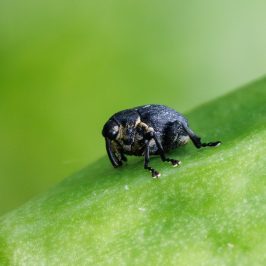More blossom and another bee today. What you can’t see in this apparently spring-like scene is that by the late afternoon, when I finally braved the garden in search of photos, it was almost dark, perishing cold, and blowing a minor gale. In other words, as R pointed out to me, pretty normal conditions for April – but still quite a shock after last week’s mini-heatwave.
This is Bombus terrestris, the buff-tailed bumblebee. It’s one of the most widely-distributed bumblebees in the UK, and one of the earliest to emerge – over recent years it has even been active through the winter in some warmer areas. (Which would not be here.) Only the queens have a properly buff tail; the males and workers have a white tail, but usually show a fine band of buff hair between that and the black abdominal stripe.
B. terrestris usually nests underground, and has a complex and somewhat variable social structure. This will be a queen which has hibernated over the winter, and has now emerged to find food; the species is short-tongued, making flowers such as this cherry blossom ideal for her.
Buff-tailed bumblebee queens are large – round about 2cm long – noisy, and slow-moving. At this time of year they’re also quite dozy, and liable to get themselves into stupid places where they can’t find food, and from which they struggle to extricate themselves. Over the past couple of weeks I have rescued individuals from tangled plant stems, old cobwebs, and the gap between a couple of ornamental bottles on the kitchen windowsill, and I managed to discourage one particularly stupid one that was trying to wedge herself between my car tyre and the gravel drive. They always seem to react with outrage if I offer them sugar water, so now I just scoop them up and dump them on a flower.
This one arrived on the cherry blossom under her own steam, but these huge queens are not great at hovering (given how small the wings are compared with the body size, I’m slightly surprised they can fly at all), so she’s having to cling on to the petals with her claws while she eats. The fact that she’s not carrying any pollen on her rear legs suggests that she hasn’t yet chosen a nest site.







